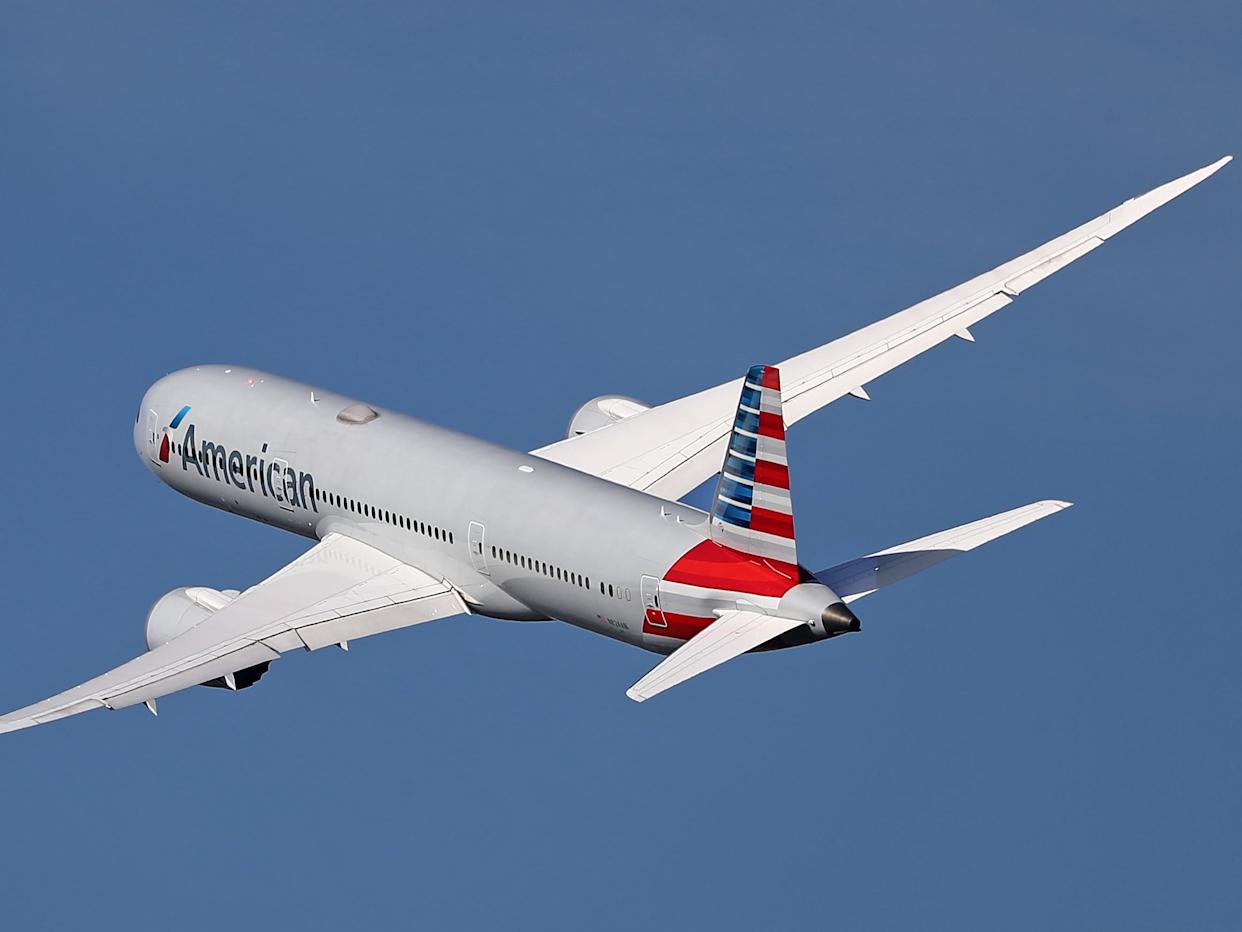American Airlines Sends Oversized Plane to Naples, Forced to Divert to Rome

A Costly Oversight in Aircraft Assignment
In a rare operational mishap, American Airlines sent a plane to Naples, Italy, that was too large to land at its intended destination. The result? A mid-flight diversion to Rome and a long bus ride for hundreds of passengers.
Flight 780, which departed from Philadelphia on Monday evening, was scheduled to land in Naples on Tuesday morning. But the flight never reached its destination. Instead, the aircraft made an unexpected turn just 70 miles from Naples and landed at Rome Fiumicino Airport instead.
According to flight tracking data from Flightradar24, the wide-body jet began a northward diversion over the Tyrrhenian Sea after nearly completing its transatlantic journey. The change surprised many observers and passengers alike, prompting questions about why the plane didn’t land as planned.
Wrong Dreamliner Variant Sent
The core of the issue lies in the type of aircraft American Airlines used for this route. While the airline usually flies the Boeing 787-8 to Naples, this time it deployed the Boeing 787-9, a slightly larger variant of the popular Dreamliner.
Both models have similar wingspans, but the 787-9 is 20 feet longer, which may seem minor but has significant operational implications. Specifically, longer aircraft require more robust emergency and rescue resources at airports.
According to Boeing documentation and international aviation guidelines from the International Civil Aviation Organization (ICAO), the 787-9 requires a Rescue and Firefighting Services (RFFS) rating of Category 9, while the smaller 787-8 only requires Category 8.
Data from AviationWeek’s Acukwik confirms that Naples International Airport is rated Category 8, which means it is not certified to handle aircraft as large as the 787-9 in case of emergencies.
Airline Confirms Operational Limitations
In a statement to Business Insider, an American Airlines spokesperson explained the diversion by citing “operational limitations”, without initially going into specifics. However, aviation expert and social media user @xJonNYC shared that Naples Airport authorities do not allow the 787-9 to land due to RFFS limitations.
The airline did not clarify why the 787-9 was used for this flight instead of the usual 787-8, but the mismatch likely caused the last-minute reroute.
Passengers Rerouted by Bus to Naples
After safely landing in Rome at around 9:45 a.m. local time, passengers on Flight 780 were informed they would be continuing their journey by road. Buses were arranged to transport them to Naples, located roughly 145 miles away. The journey took more than two hours.
“We apologize to them for this disruption to their journey,” said the American Airlines spokesperson, adding that the airline worked to minimize inconvenience for those affected.
Although the airline managed the logistics quickly and safely, passengers were left understandably frustrated by the unexpected change and the lengthy bus ride after an overnight transatlantic flight.
Aircraft Quickly Redeployed to Chicago
The diverted aircraft didn’t stay grounded in Rome for long. According to Flightradar24, the same Boeing 787-9 took off again about two and a half hours later, this time operating Flight 111 to Chicago.
It’s common for airlines to quickly redeploy long-haul aircraft to other international routes due to tight scheduling and high utilization rates, but it’s still unclear whether American Airlines has adjusted future aircraft assignments to avoid repeating the error.
Not the Only Diversion This Week
Interestingly, this wasn’t the only high-profile diversion in Europe this week that ended with passengers completing their journey by bus.
Just a day later, a Ryanair flight was forced to divert due to severe turbulence caused by a thunderstorm. The incident injured eight passengers, three of whom required hospitalization. That flight, bound for Milan, ended up landing in Memmingen, Germany.
From there, passengers were placed on a bus to Milan — a journey that took approximately four and a half hours.
Lessons in Logistics and Planning
This incident with American Airlines highlights how small operational details — like aircraft size and emergency service availability — can create large-scale travel disruptions when overlooked. Though no one was harmed and the airline responded swiftly, it raises questions about planning protocols and checks in international aviation.
Sending the wrong aircraft model may seem like a simple oversight, but in aviation, where safety regulations and airport capabilities vary widely, such decisions can have ripple effects that impact hundreds of travelers.
With transatlantic travel in high demand, especially during the summer season, airlines like American will need to ensure better coordination between aircraft type, destination airport capabilities, and regulatory requirements to prevent such incidents from recurring.
For now, passengers can rest assured that while their journey may have been longer than expected, safety remained the top priority, and the airline took swift measures to get everyone to their destination — even if it required a detour by bus.